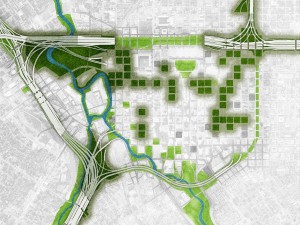Mark your calendars for OAPA’s (Oregon American Planning Association) webinar on Automated Vehicles on Tuesday January 24th at 12-1 pm PST
Click here to register
More info on the webinar:
“Automated Vehicle (AV) technology promises to reshape the transportation system and the built environment in ways not seen since the introduction of the automobile over a century ago. By revolutionizing the nature of personal mobility and removing the need for passengers to be in the car at all times, AVs have the potential to dramatically impact roadway design and the built environment to yield urban spaces that are safer, more efficient, and attractive. However, unlike America’s first experience with the automobile, it is hoped that policy makers will recognize and take advantage of this opportunity to reshape our urban areas in ways that promote safe, sustainable, and people-centered environments. AV technology offers an opportunity to balance what have long been seen as conflicting goals of safer and more efficient transportation systems and urban environments founded upon the principles of sustainability and human-centered design. But the twin goals of efficiency and urbanity can be achieved only through proactive planning and investment by federal, state, regional and local transportation agencies.
This webinar will review the innovative work Florida Department of Transportation and Florida State University are doing to take the first steps toward envisioning the future in an AV world, a future that can yield attractive, people-friendly, efficient and safe urban environments. In addition, this webinar will identify near and medium-term infrastructure investments and policy decisions that could enable a smooth transition to a transportation system dominated by AVs. Few understood and foresaw the massive impact the automobile would have upon travel behaviors, transportation systems, and the built environment over a century ago. This session hopes to prepare and equip local governments with the tools necessary to take advantage of this remarkable opportunity to reshape the built environment into more livable communities.”


